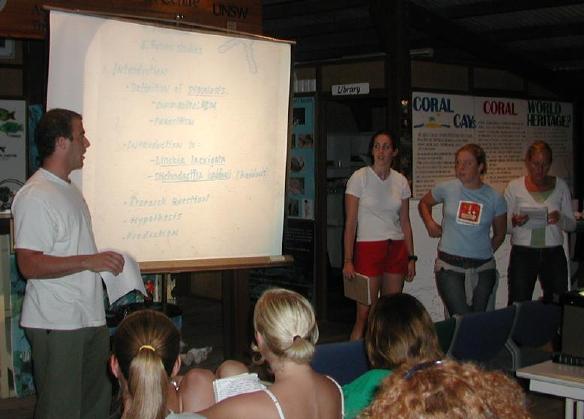 Presentation of results.
Presentation of results.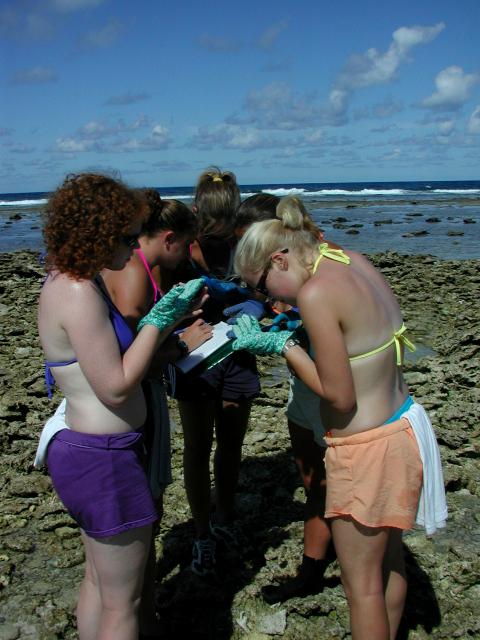
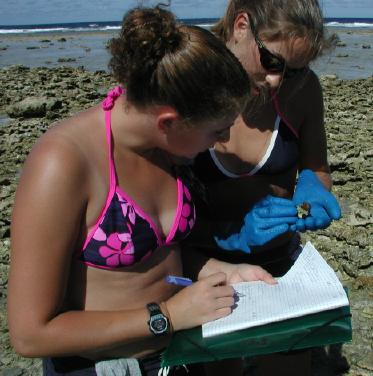
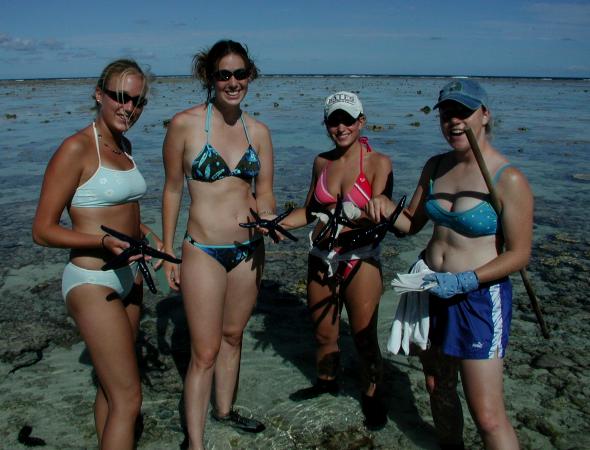
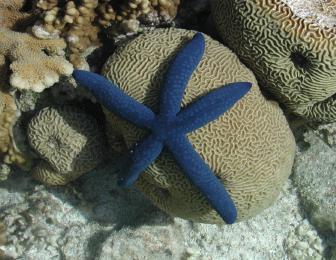
Previously on North Stradbroke Island, the students had divided themselves into seven groups of five students to work on projects with a marine environment focus. These study projects were extended to a contrasting coral cay environment at LEI.
This group studied the relationship between the blue sea star Linckia laevigata, shown above,
and an ectoparasite that lives on it.
 Presentation of results.
Presentation of results.


On North Stradbroke Island, these students had examimed human impact on crabs in high and low use areas. They continued with a very similar study here at two different locations on the rubble crest at LEI.
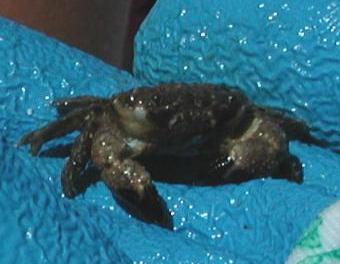
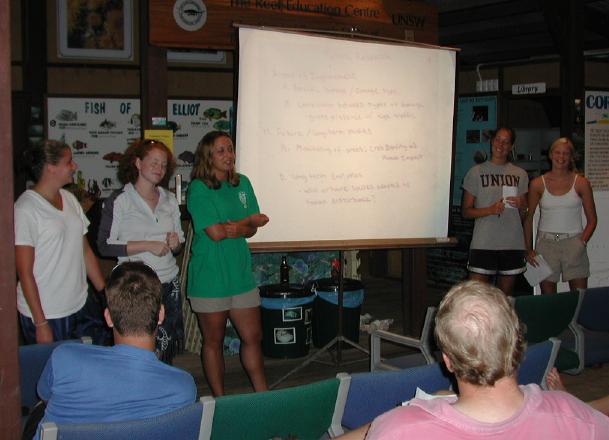
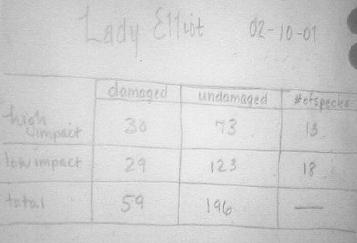
Presentation of results.
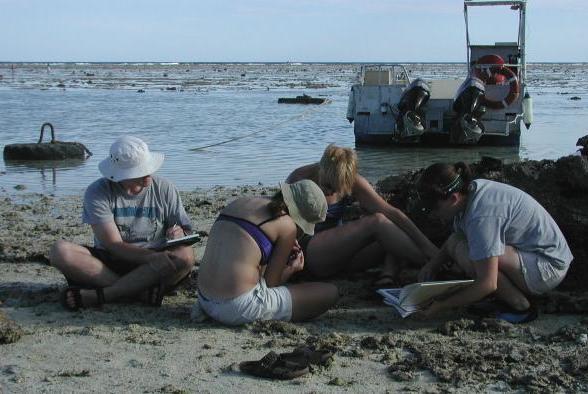
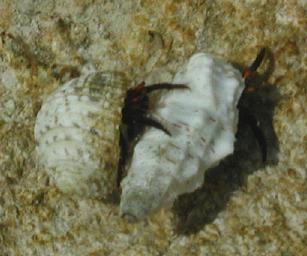
This group continued their hermit crab study from North Stradbroke Island. As at Stradbroke, they found evidence that hermit crabs are selective in the type of empty shell they choose for a home.
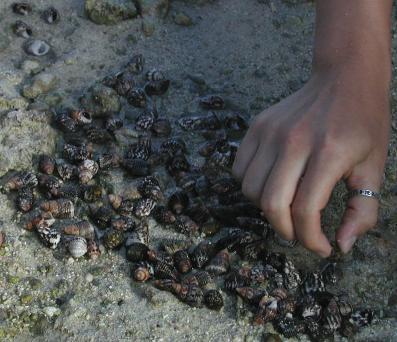
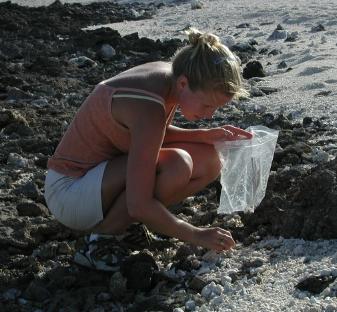
Collecting and examining shells for hermit crabs.
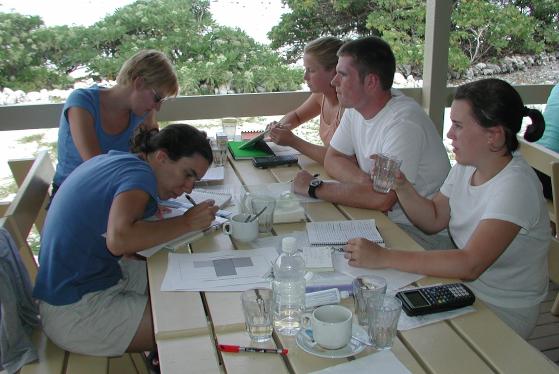 Data analysis and project presentation preparation.
Data analysis and project presentation preparation.
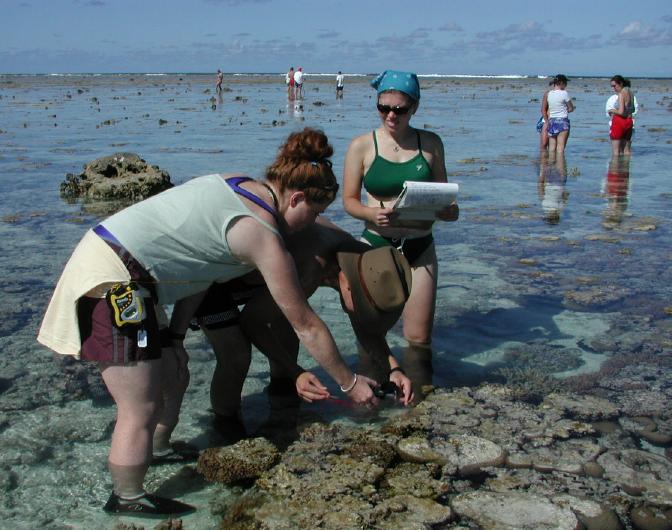 On North Stradbroke, these students had examined the angle at which oysters attach themselves
to the substrate. They continued this project here, examining the angle at which giant clams
Tridacna sp. are oriented.
On North Stradbroke, these students had examined the angle at which oysters attach themselves
to the substrate. They continued this project here, examining the angle at which giant clams
Tridacna sp. are oriented.
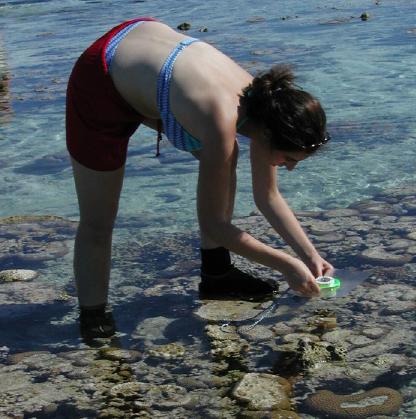
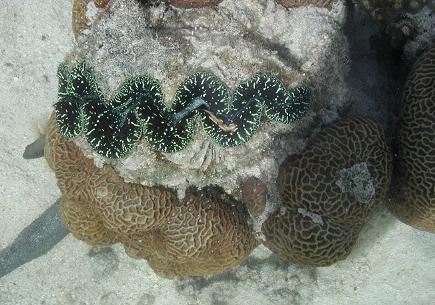
The dinoflagellate zooxanthellae and coral or clams are symbionts.
The mantle of this clam Tridacna sp.
is colored by enclosed zooxanthellae. The green
and brown corals are also colored by their symbiotic zooxanthellae. The
corals depend on the photosynthetic activity of the zooxanthellae as a source of
carbohydrates. The zooxanthellae obtains protection from the coral.
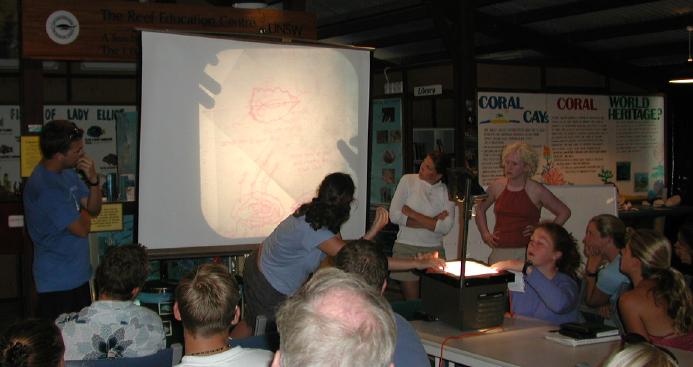 Presentation of results.
Presentation of results.
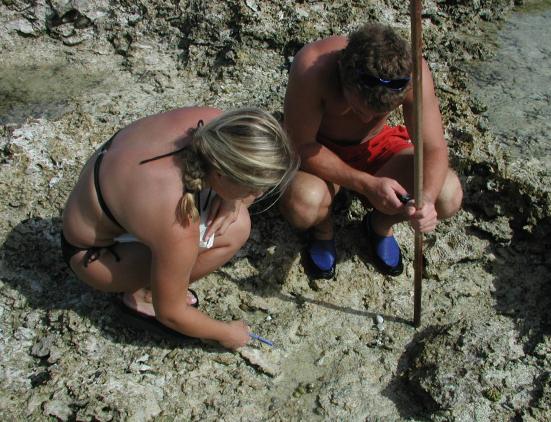
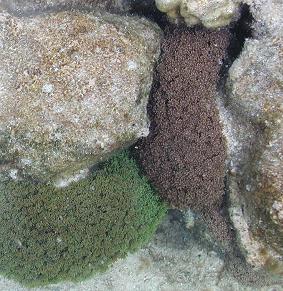
Another group studied response times in invertebrates to repeated distrubance. Here
they examine response times in hermit crabs. They also neasured response times
by Tridacna sp. (giant clams) and Goniapora sp. (day coral, green and
brown polyps above).
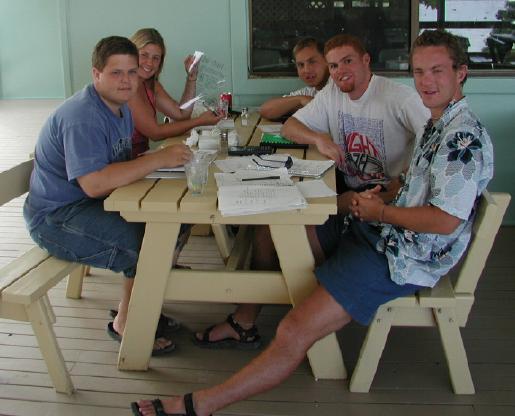 Two-way ANOVA calculations and project presentation preparation.
Two-way ANOVA calculations and project presentation preparation.
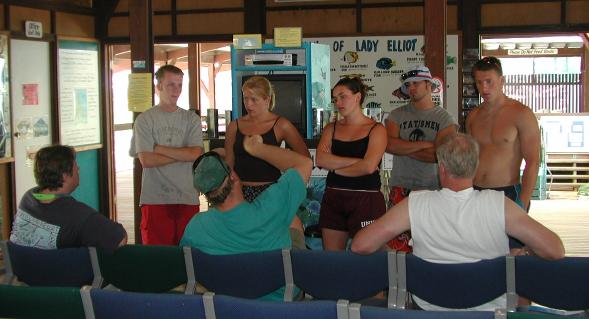 Star Chamber: Review and approval of project design and methods before data collection.
Star Chamber: Review and approval of project design and methods before data collection.
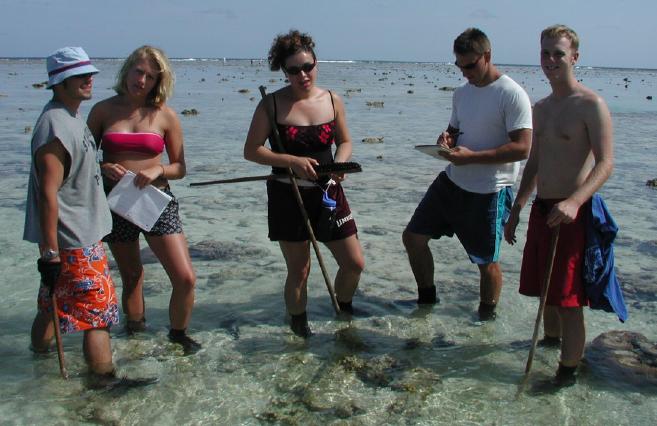
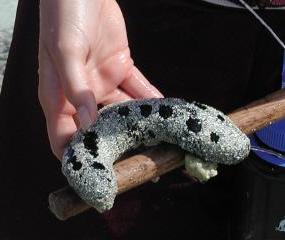
This group continued its studied of holothurian (sea cucumber)
population structure in the intetidal zone
(here, the reef flat) that they had begun at North Stradbroke.
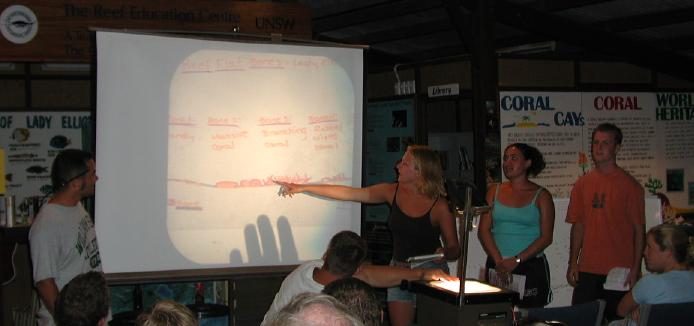 Presentation of results.
Presentation of results.
 Another group continued its study of snail distrributions. At Lady Elliot, they
concentrated their efforts at looking at the distribution of snail populations
on beach rock.
Another group continued its study of snail distrributions. At Lady Elliot, they
concentrated their efforts at looking at the distribution of snail populations
on beach rock.
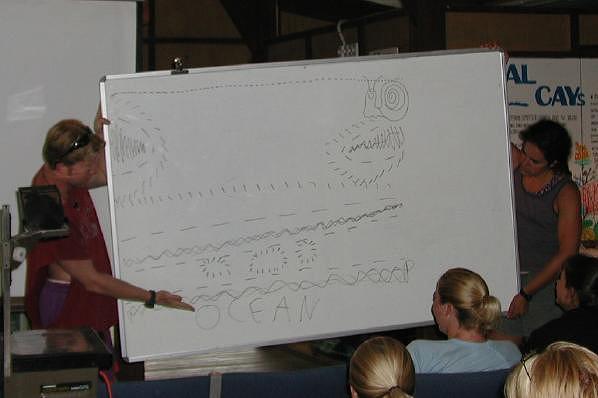 Getting into the presentation.
Getting into the presentation.